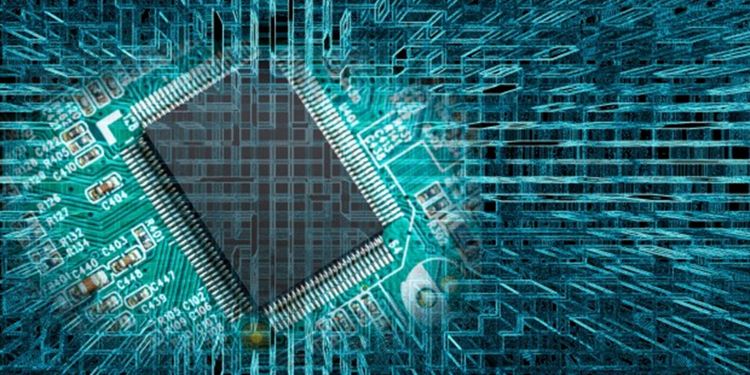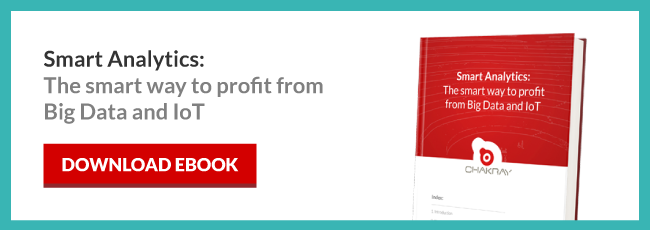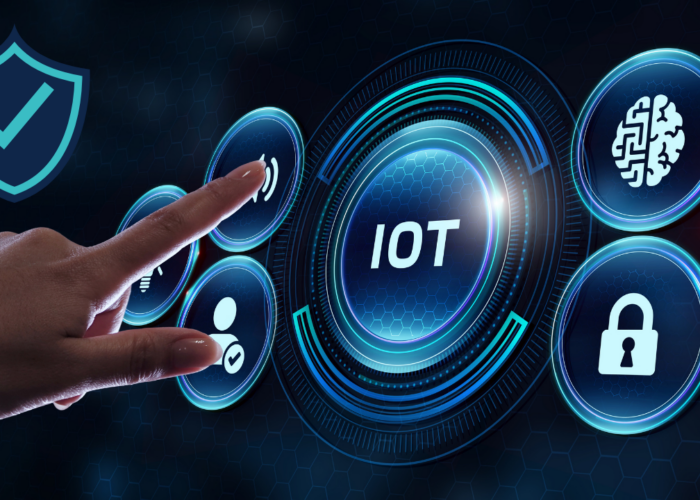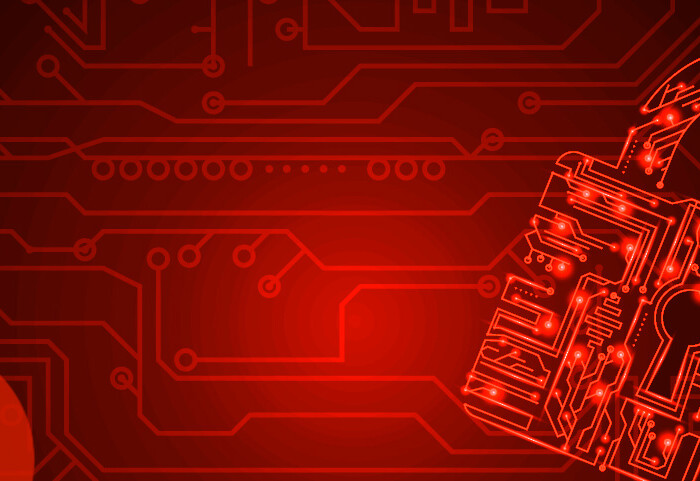Smart Analytics is precisely analyzing in a smart and profitable manner all that volume of information, which was impossible to do using traditional analysis methods. The goal behind Smart Analytics is to make the most out of all that information that is meaningless when served raw, but when correctly treated and analyzed, may imply a paramount change in the balance sheet of our company.
The smart analysis of Big Data is also transforming the business world. According to data presented by the CeBIT organization –the most important computer, information technology, telecommunications, software and services fair in the world– companies that use Big Data Analytics programs are capable of making decisions five times faster than those that do not work with Big Data. Moreover, 50% of the companies that do analyze Big Data ensure that this action lets them get a better grasp on consumer demand, boosting company growth.
-Sure do you like this post: Smart Analytics “Three success stories that head toward victory”-
“Smart Analytics is precisely analyzing in a smart and profitable manner all that volume of information, which was impossible to do using traditional analysis methods.”
Internet of Things (IoT): Smart Analytics
This concept refers to the digital interconnection of everyday objects with the internet, such as, for example, a refrigerator or a car. In this regard, according to the Gartner technology research company, by 2020 there will be approximately 20.4 billion “things” connected to the internet. The purpose of the “Internet of Things” is to make our lives easier in that it will be the objects themselves that make decisions and execute actions without the need for human intervention. One practical example could be a refrigerator connected to the internet that, once it has detected that milk has ran out, places an order to replenish it. We are faced with a reality in which “smart” machines will completely revolutionize the entire industry and market.
-Smart Analytics: Benefits and Features-
Now that we have explained both concepts, the time has come to combine them. It is no longer just human beings who generate information, but machines themselves also do independently. If before we talked about Big Data Analytics, now we have to do so about IoT Data Analytics, since it is starting to gain a special relevance.
The “Internet of Things” will digitalize everything in the real world and integrate it to the internet. Therefore, the challenge lies in being able to collect and analyze the entire stream of information heading our way. Again, the concept of IoT data analytics reappears, which will be closely related to Big Data analysis. In this landscape, a real-time data analysis that enables us to make smart decisions instantaneously gains.





